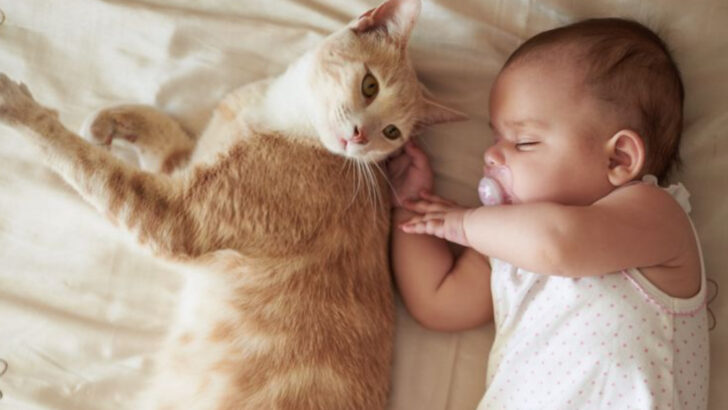Cats don’t always land on their feet.
They’re not little villains plotting your demise.
And no, they’re not aloof statues that only love you when it’s convenient.
For centuries, these mysterious furballs have been tangled in a web of wild rumors and half-truths. From ancient superstition to TikTok “facts,” myths about cats have spread faster than a laser pointer on hardwood floors.
Some of these beliefs are harmless.
Others? Not so much.
They can shape how we treat our feline friends—sometimes in ways that aren’t fair.
So let’s clear the litter box of misinformation.
These 16 myths have lingered long enough.
Cats Are Aloof
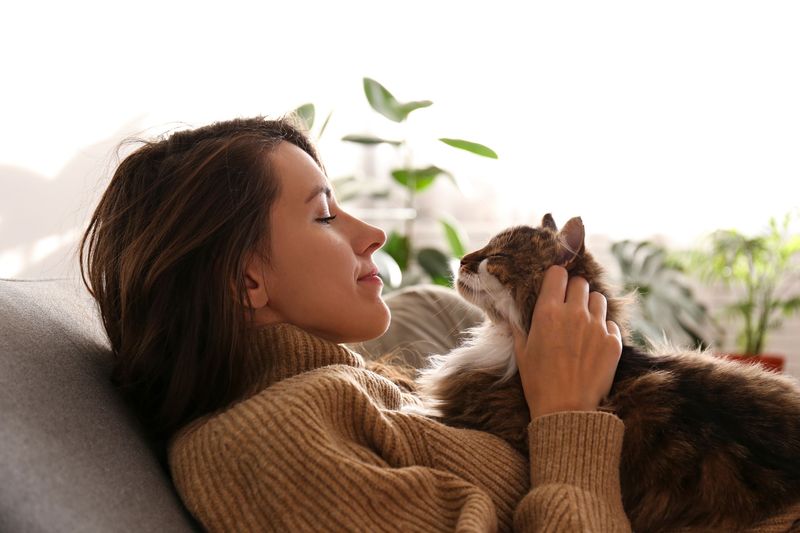
Many believe cats are aloof and indifferent, but this is far from true. While they’re often independent, cats show affection in subtle ways. Rubbing against your legs or purring softly on your lap are cues of their love. Unlike dogs, who often express emotions overtly, cats communicate in nuanced manners.
A cat may not jump at the door or greet you with slobbery kisses, but they follow you around, seeking silent companionship. Their independent nature doesn’t mean they don’t care; they just express their affection differently. Understanding these cues can strengthen the bond with your feline friend.
Cats Always Land on Their Feet
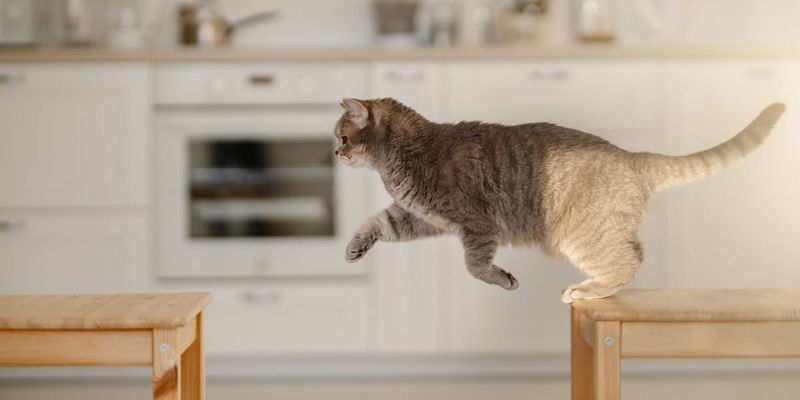
The belief that cats always land on their feet stems from their remarkable righting reflex. While cats are indeed agile and can often twist their bodies mid-air to land on their paws, it’s not foolproof. Sometimes, especially from lower heights, they might not have enough time to adjust properly.
It’s important to ensure windows and balconies are cat-proofed to prevent accidental falls. Although cats are nimble, relying on this myth can lead to dangerous situations. Remember, their agility is impressive but not infallible, and safety measures should always be in place.
Cats Hate Water
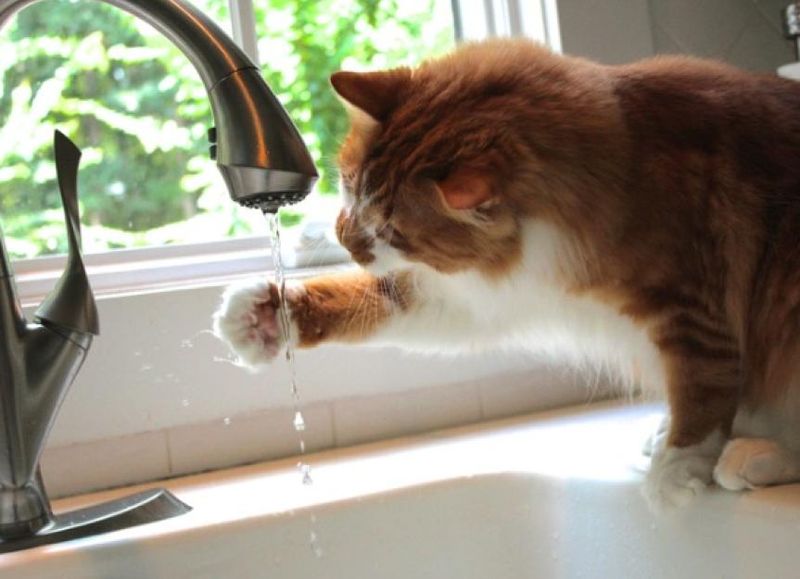
It’s commonly believed that cats despise water, but this isn’t always accurate. Many cats are wary of water due to unfamiliarity, but some love splashing around. Breeds like the Turkish Van even have a knack for swimming!
Cats tend to be cautious around water, but with gradual exposure, they might surprise you with their curiosity. Providing a shallow water dish or sprinkling water playfully can encourage them. Every cat is different, and understanding their individual preferences can lead to delightful discoveries about their personalities.
Black Cats Are Bad Luck

The myth of black cats being bad luck dates back centuries, rooted in superstitions. In truth, black cats are as loving and loyal as any other cat, and their dark coat adds an air of elegance and mystery.
In some cultures, black cats are considered good luck. For instance, in Japan, they’re thought to bring prosperity. It’s essential to look beyond ancient tales and appreciate black cats for their unique beauty and charm. Adopting a black cat can bring joy and companionship, not misfortune.
Cats Are Nocturnal
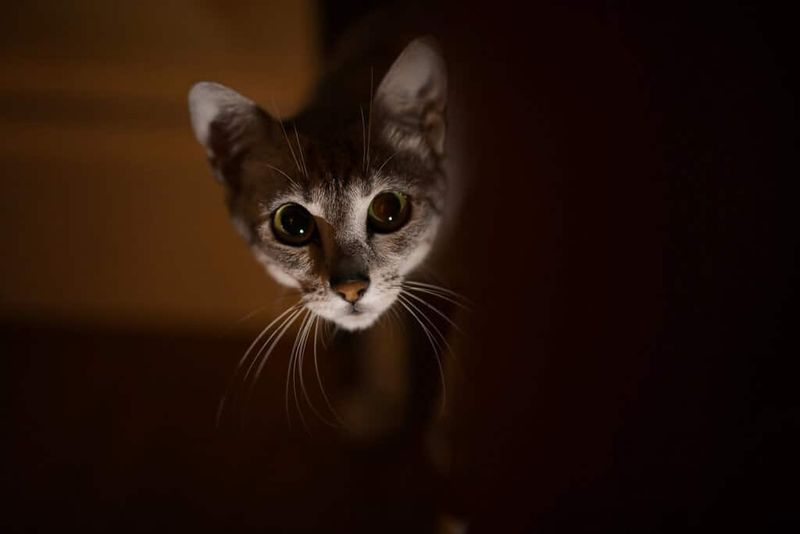
Contrary to popular belief, cats are not strictly nocturnal. They are crepuscular, meaning they are most active during dawn and dusk. This behavior stems from their wild ancestors’ hunting habits.
However, domestic cats can adapt to their human’s schedule, often active when their owners are. While they may enjoy a midnight romp, they equally relish basking in the sun or napping throughout the day. Understanding their adaptable nature helps in creating a harmonious living environment for both cats and owners.
Cats Can’t Be Trained
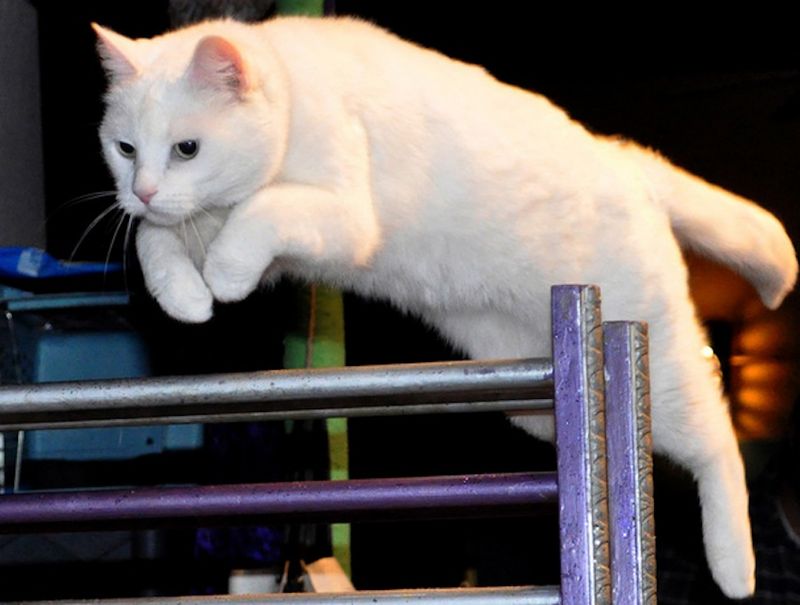
Believe it or not, cats can be trained just like dogs. Using positive reinforcement and treats, cats can learn tricks, commands, and even use a toilet. The key lies in patience and understanding their motivations.
Training sessions should be short and enjoyable, emphasizing fun over formality. It’s about building trust and recognizing their willingness to engage. With consistency and encouragement, cat owners can teach their feline companions to perform various amusing and useful behaviors.
Cats Steal Baby’s Breath
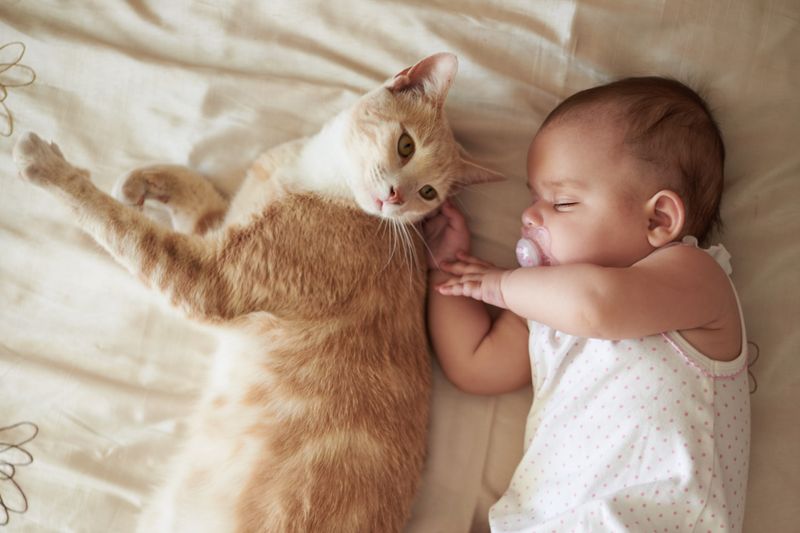
An old wives’ tale suggests cats steal a baby’s breath, but rest assured, this is mere superstition. Cats may be drawn to the warmth and softness of a baby’s crib, but they pose no danger to infants.
Supervision is crucial, but a cat’s presence can be soothing. They often exhibit a gentle curiosity towards new family members, not malevolence. Common sense precautions ensure that cats and babies coexist safely, fostering a loving household environment.
Cats Are Low-Maintenance
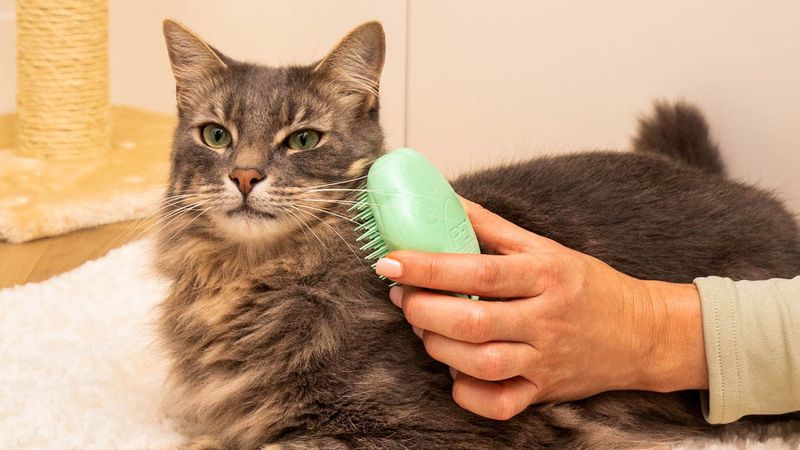
While cats are more independent than some pets, they aren’t maintenance-free. Regular grooming, playtime, and veterinary checkups are vital for their health. Cats need stimulation through toys and interaction to prevent boredom.
Their litter boxes require constant attention, and diet must be managed carefully. Investing time in their care ensures they lead happy, healthy lives. Recognizing the effort involved in pet ownership helps set realistic expectations for potential cat owners.
Cats Don’t Get Attached
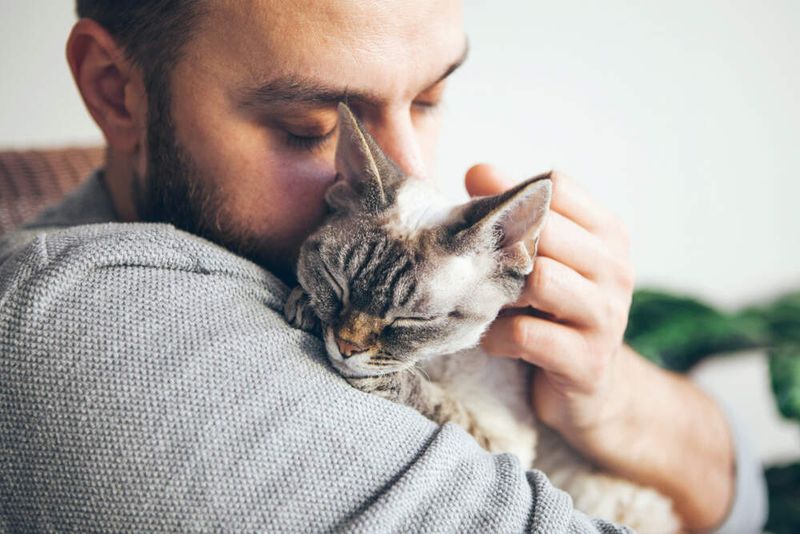
The notion that cats are not attached to their owners is misleading. Cats form deep bonds with people, often seeking comfort and companionship. Their attachment may not be as overt as a dog’s wagging tail but manifests in quieter ways.
They might follow you from room to room or sit beside you as you work. Recognizing these subtle signs of affection helps nurture the bond and promotes a fulfilling relationship with your feline friend.
Cats Are Natural Hunters
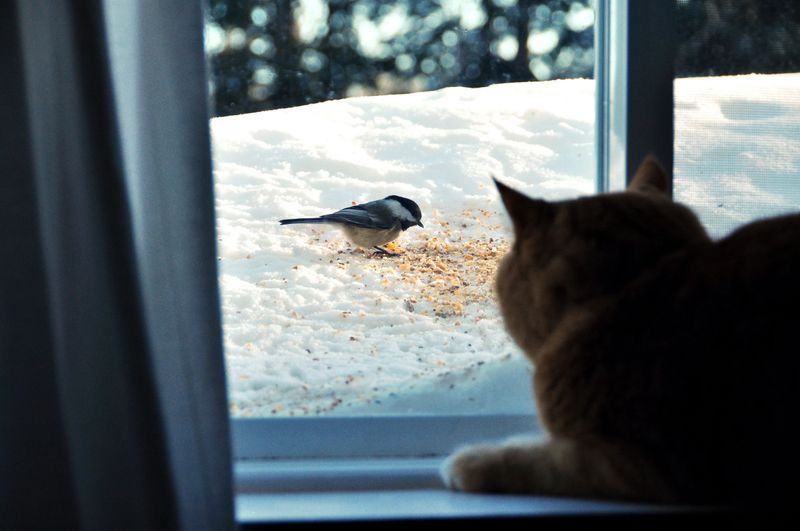
Cats have an innate hunting instinct, but domestication has dulled this trait. While they might chase a laser pointer with gusto, many domestic cats lack the skills to survive in the wild.
Providing toys that mimic prey can help satisfy their hunting reflexes. It’s important to understand this behavior is innate, not a sign of aggression. Encouraging play that stimulates their natural instincts enriches a cat’s life.
Cats Can Share Litter Boxes
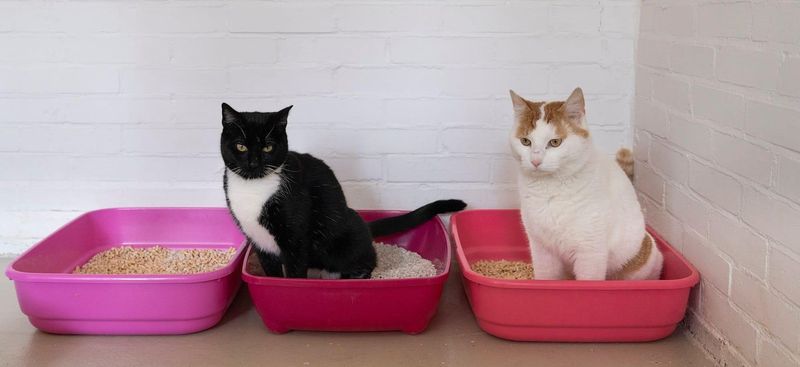
While cats can technically share a litter box, it’s not ideal. Cats are territorial creatures and often prefer their own space. Sharing can lead to stress, anxiety, and inappropriate elimination.
It’s recommended to provide a separate litter box for each cat, plus one extra, to ensure peace and hygiene. This arrangement respects their natural instincts and helps maintain a happy, healthy household.
Cats Are Hypoallergenic

It’s often assumed certain cat breeds are hypoallergenic, but no cat is entirely free of allergens. Proteins in cat saliva and skin flakes can trigger reactions. Some breeds produce fewer allergens, but susceptible individuals may still experience symptoms.
Regular grooming and cleaning help reduce allergens. Consulting with healthcare professionals before getting a cat is wise for allergy sufferers. Understanding this myth helps set realistic expectations for those wanting to share their home with a feline friend.
Cats Prefer Solitude
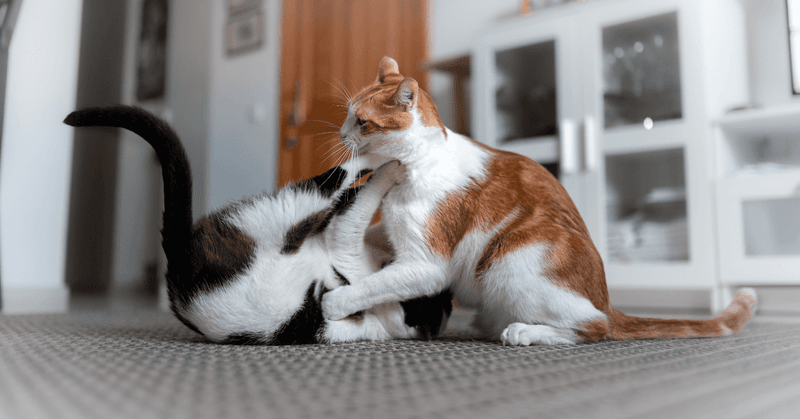
Though cats are perceived as solitary animals, many enjoy companionship, whether human or feline. Cats can form strong social bonds, playing and grooming each other.
Providing opportunities for social interaction enriches their lives. Adopting multiple cats or arranging playdates can fulfill their social needs. Recognizing their social capacity helps create a more stimulating and enjoyable environment.
Cats Don’t Like Change

Cats are creatures of habit, but they’re also adaptable. Changes in environment, routine, or household members can be managed with gradual introductions. Providing familiar objects and scents eases transitions.
Cats show curiosity and resilience when given time to adjust. Understanding their capacity for adaptability helps owners guide them through life’s changes effectively.
Cats Have Nine Lives
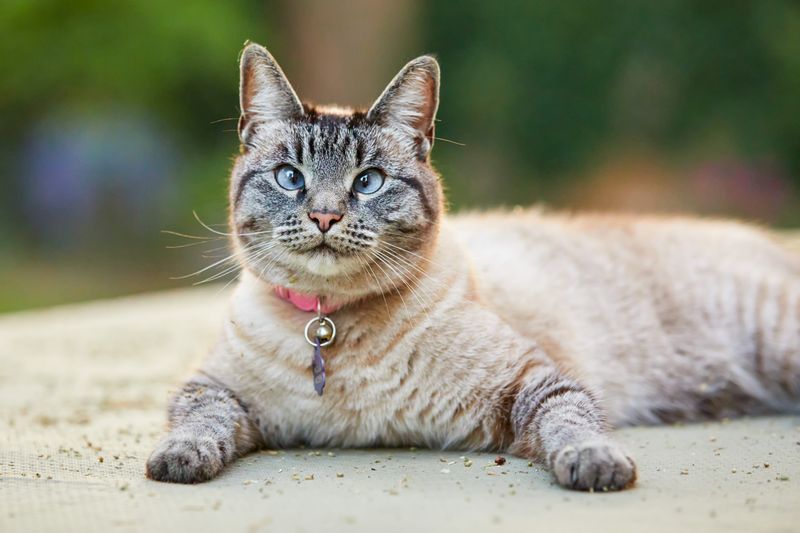
The myth of cats having nine lives is a testament to their resilience. Cats often escape situations with agility and wit, but they’re not immortal. Care and caution are vital to their well-being.
Accidents do happen, and ensuring a safe environment is crucial. While they may seem invincible, they rely on their humans for protection and care. Embracing this myth as a metaphor for their adventurous spirit adds to their charm but should not replace practical safety measures.
Cats Only Purr When Happy
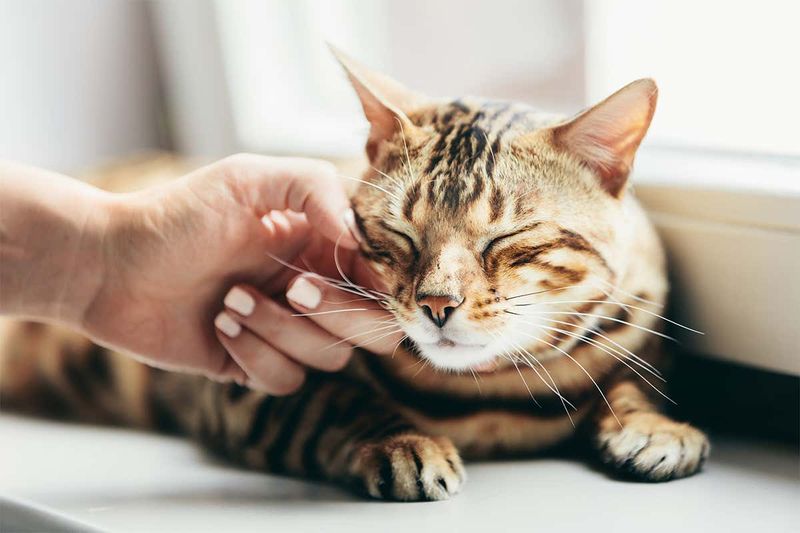
Purring is commonly associated with contentment, but cats purr for various reasons. They might purr when injured, anxious, or seeking comfort. This behavior can indicate self-healing, as purring releases endorphins.
Observing the context of the purr helps decipher its meaning. Recognizing this multifaceted vocalization enriches understanding of feline emotions. Cats communicate in complex ways, and purring is just one of their many forms of expression.

